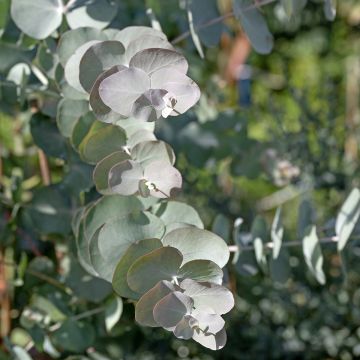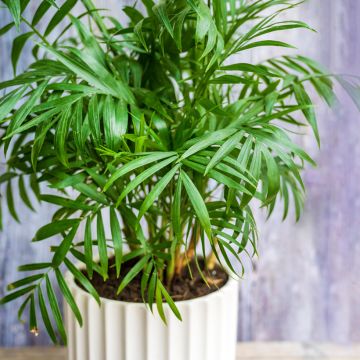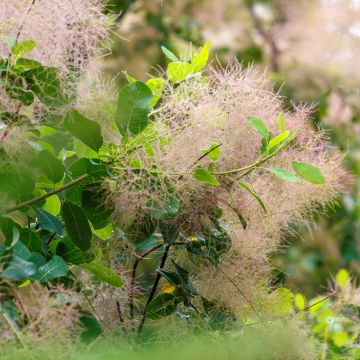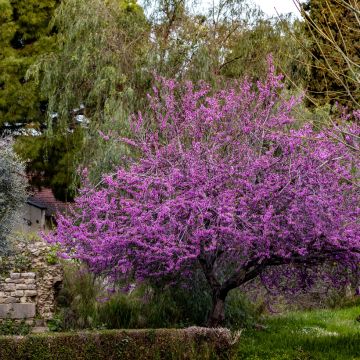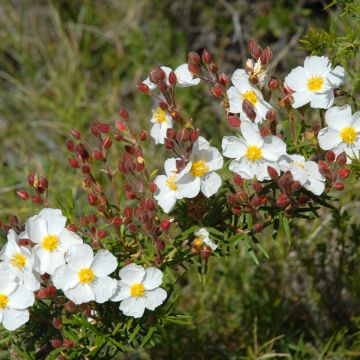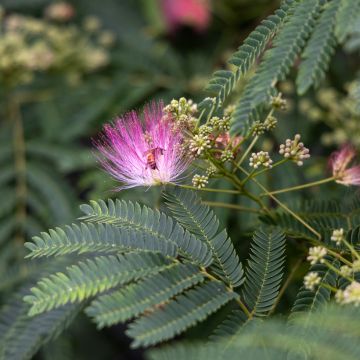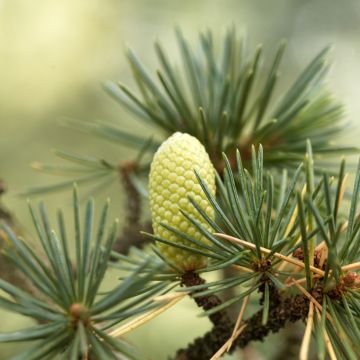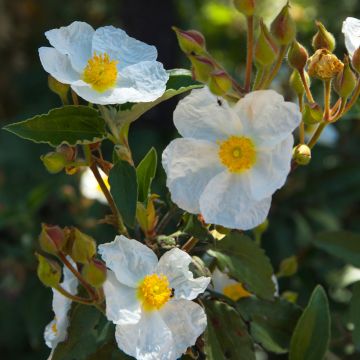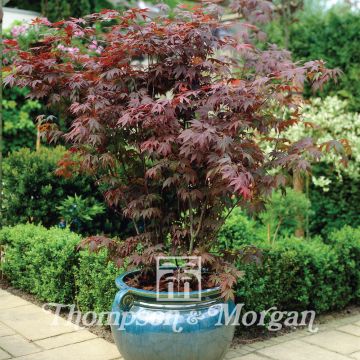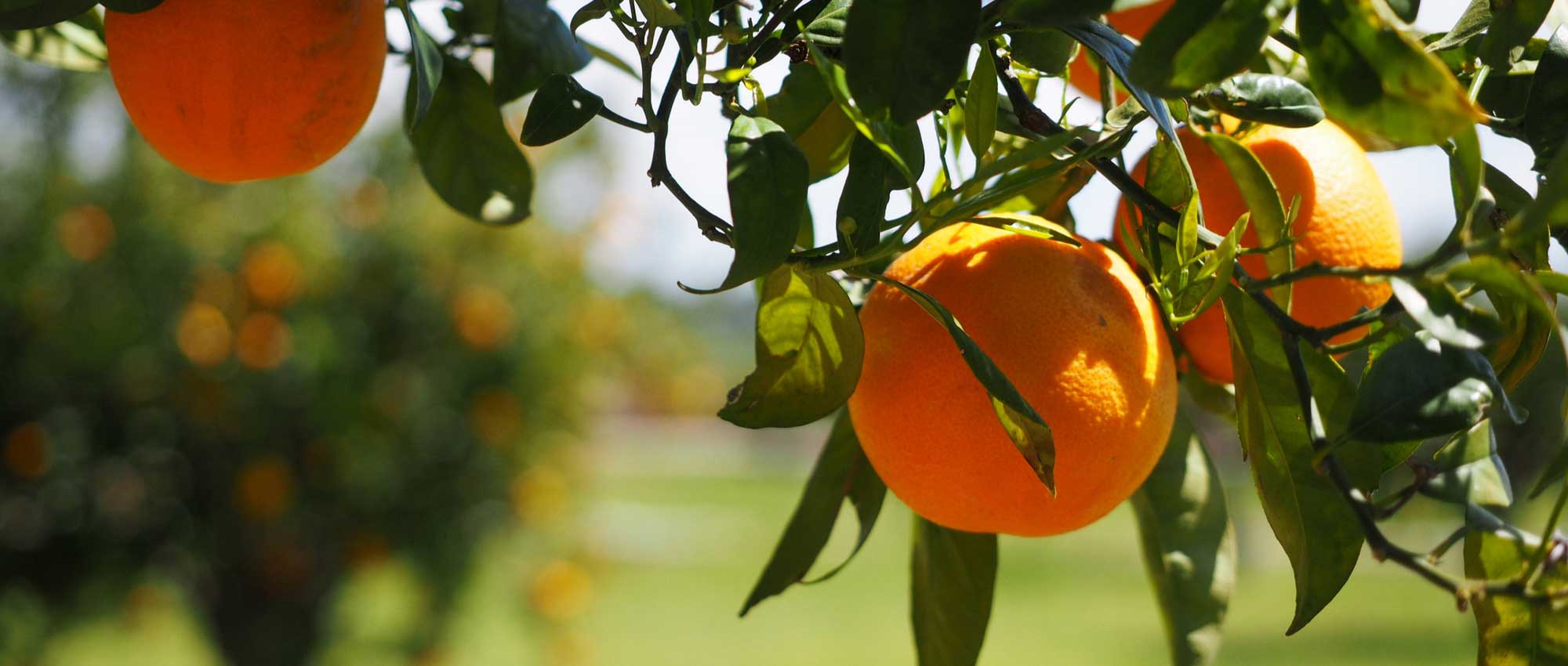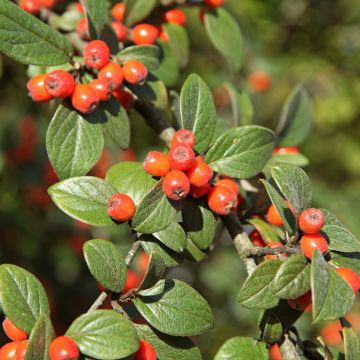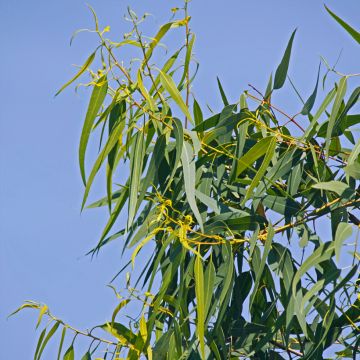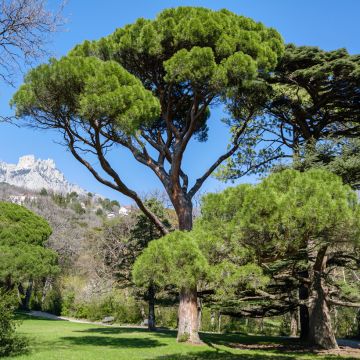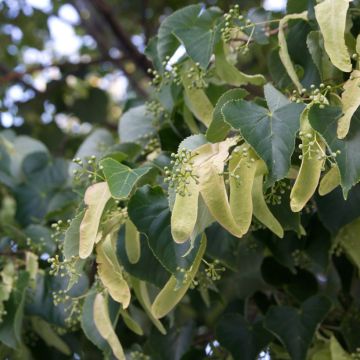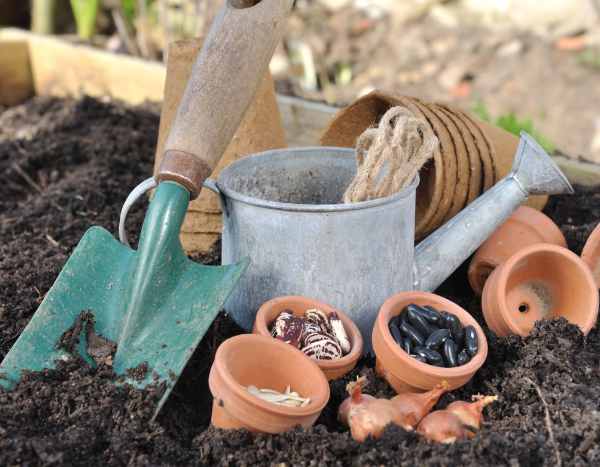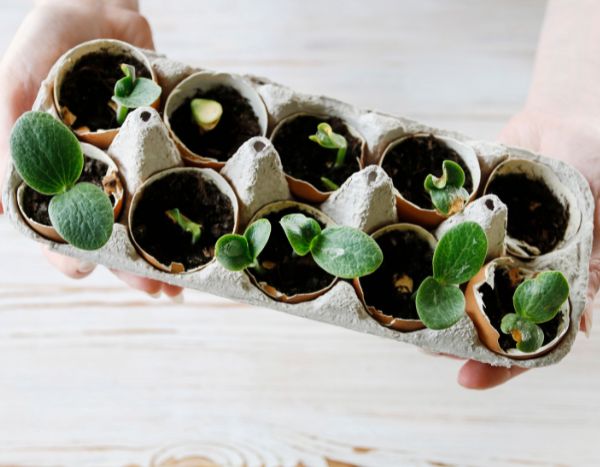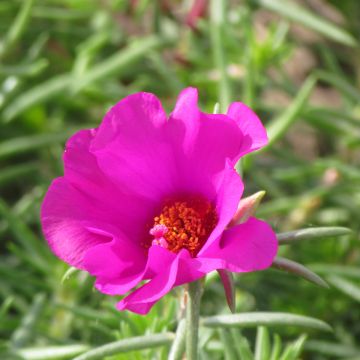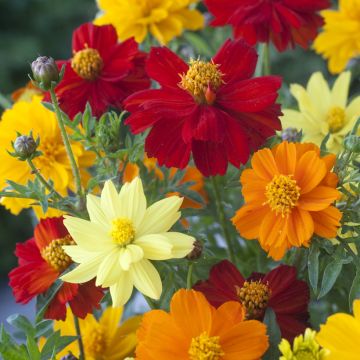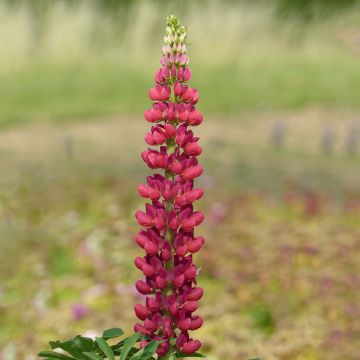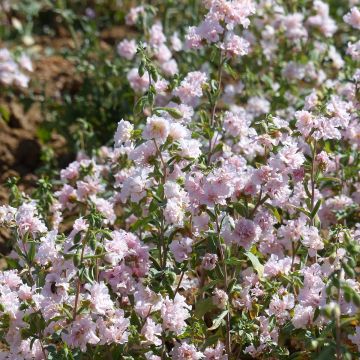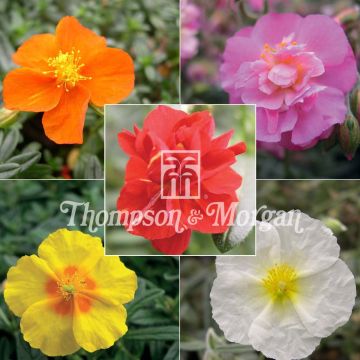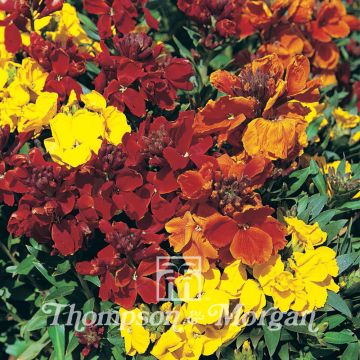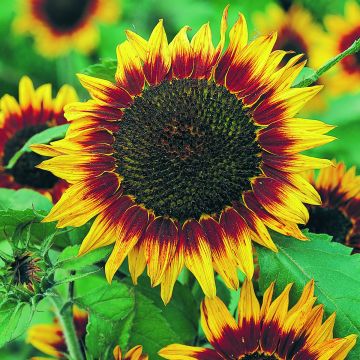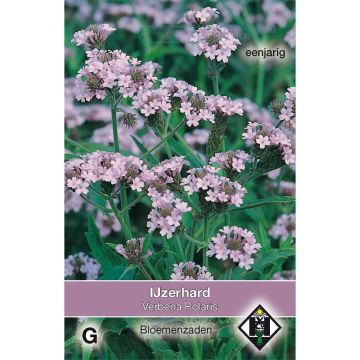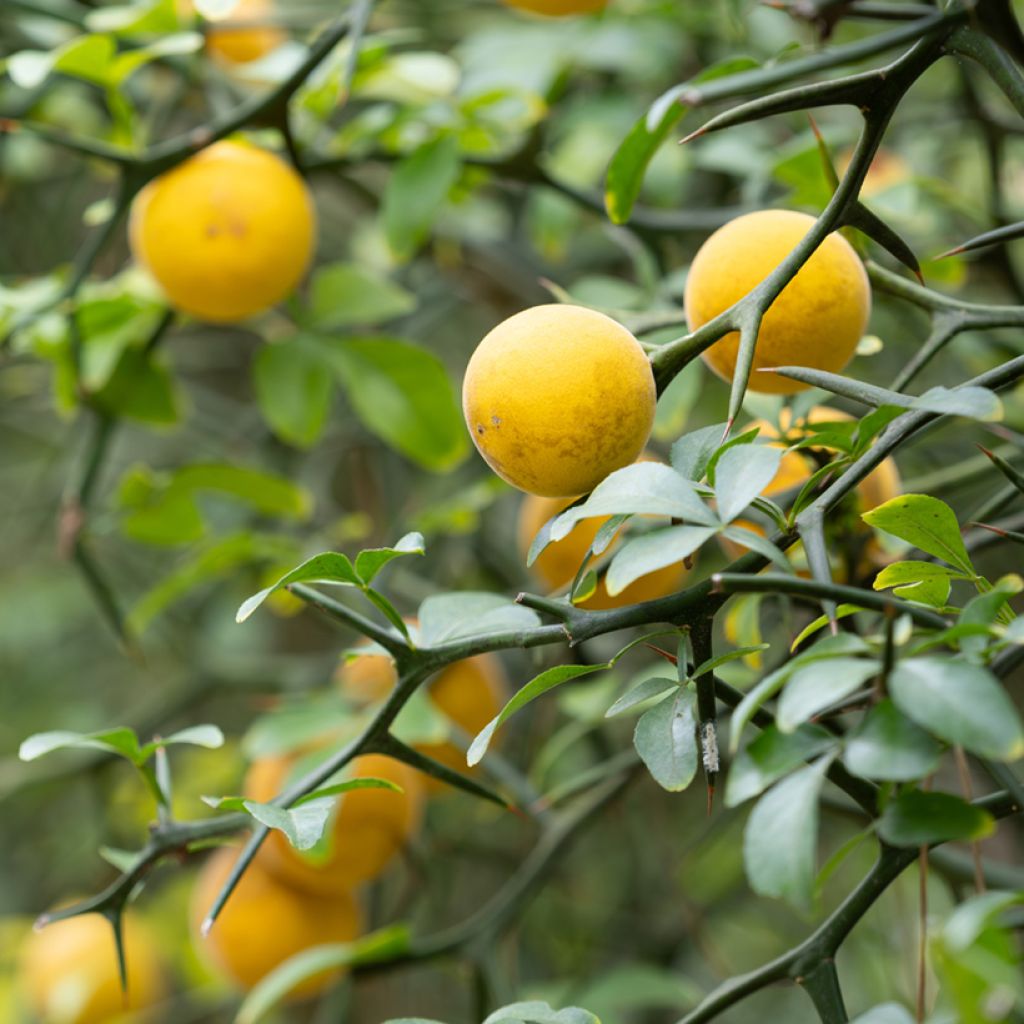

Poncirus trifoliata seeds - Japanese bitter orange
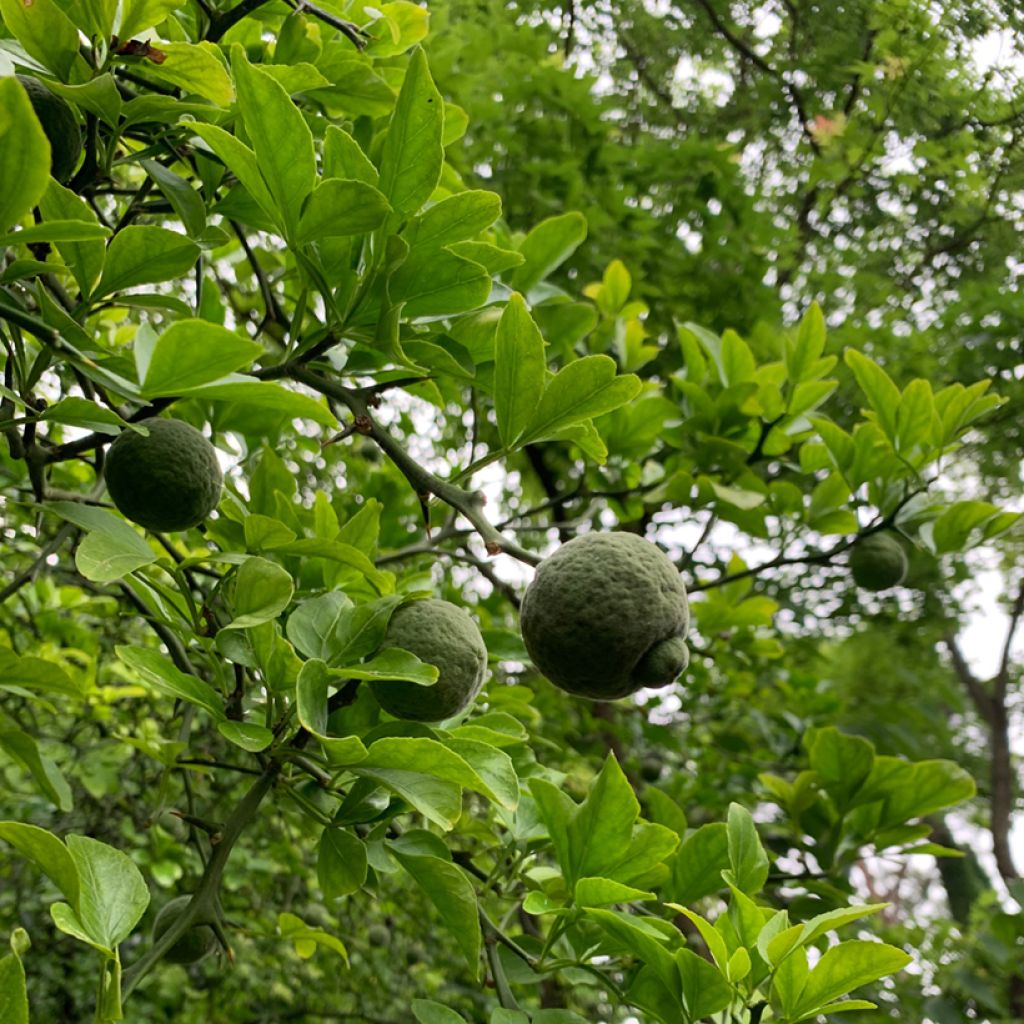

Poncirus trifoliata seeds - Japanese bitter orange
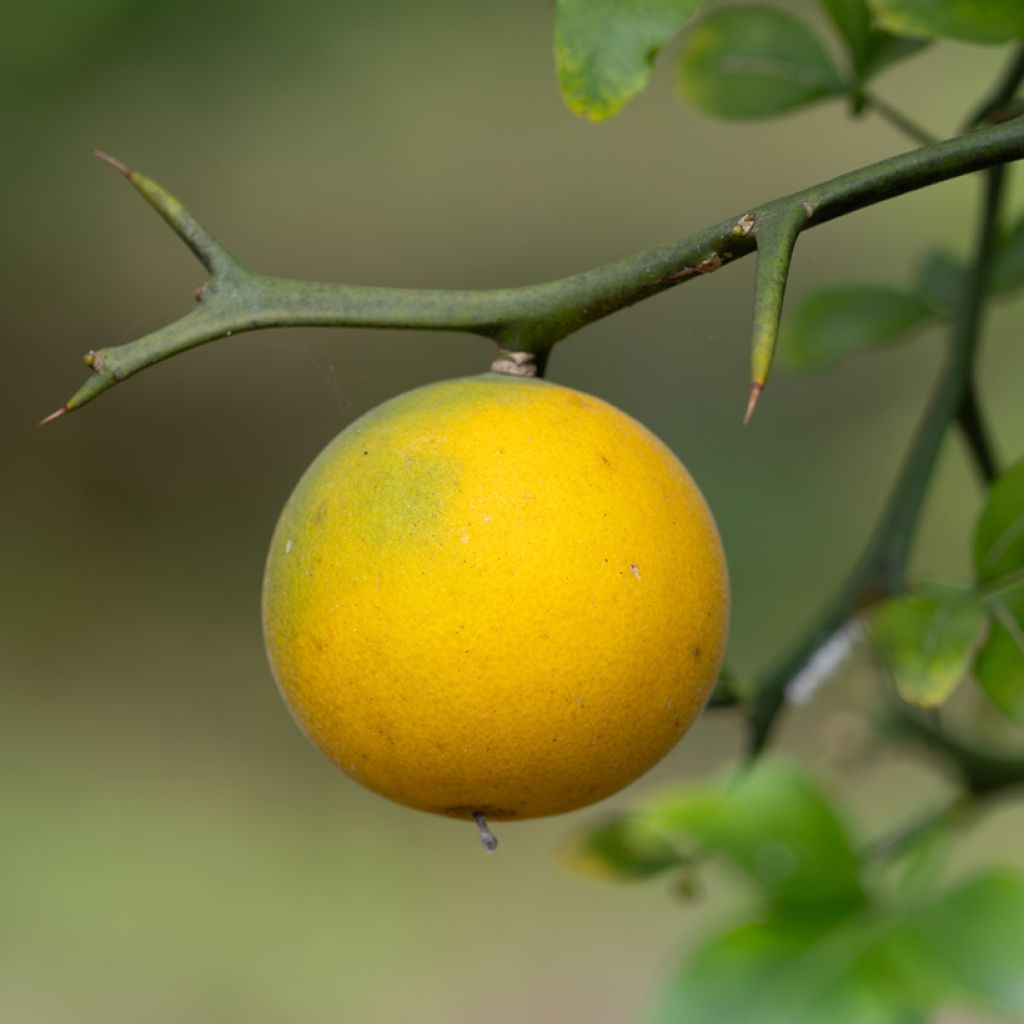

Poncirus trifoliata seeds - Japanese bitter orange
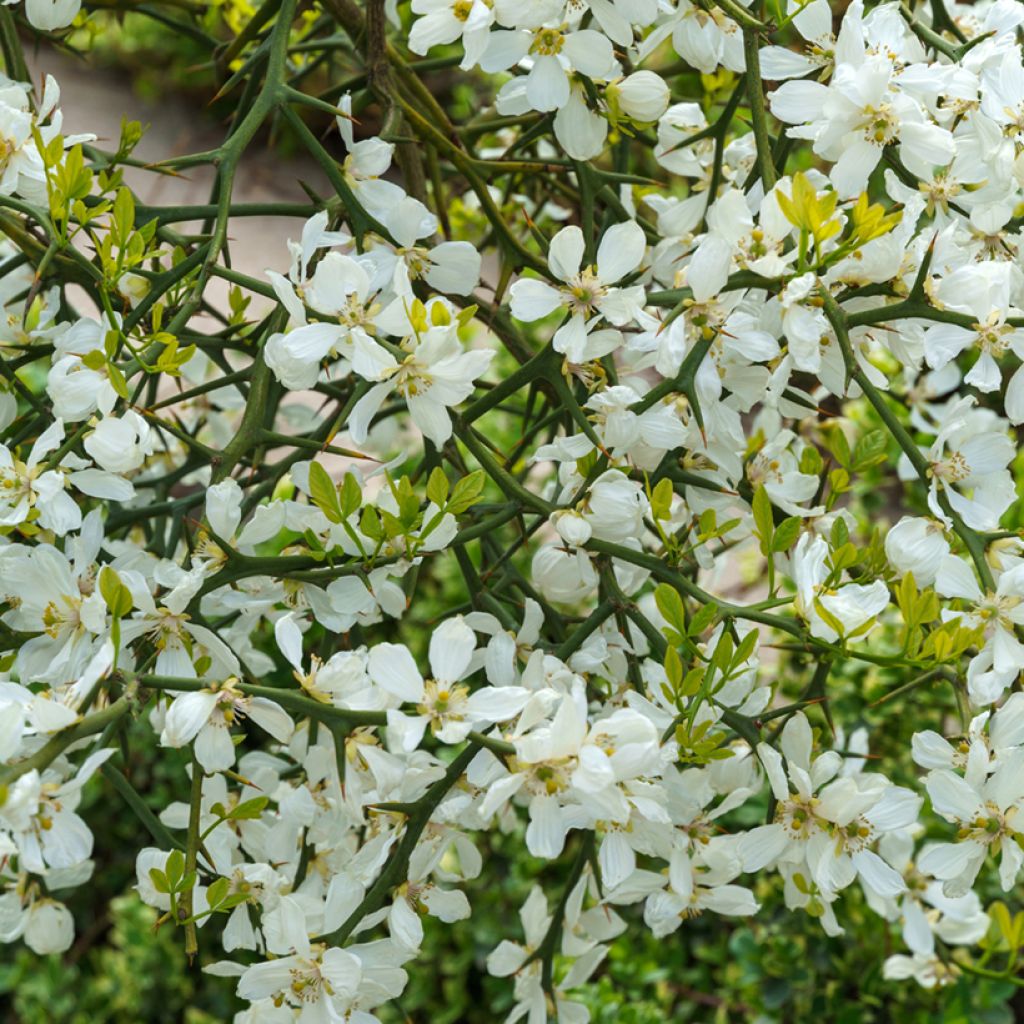

Poncirus trifoliata seeds - Japanese bitter orange
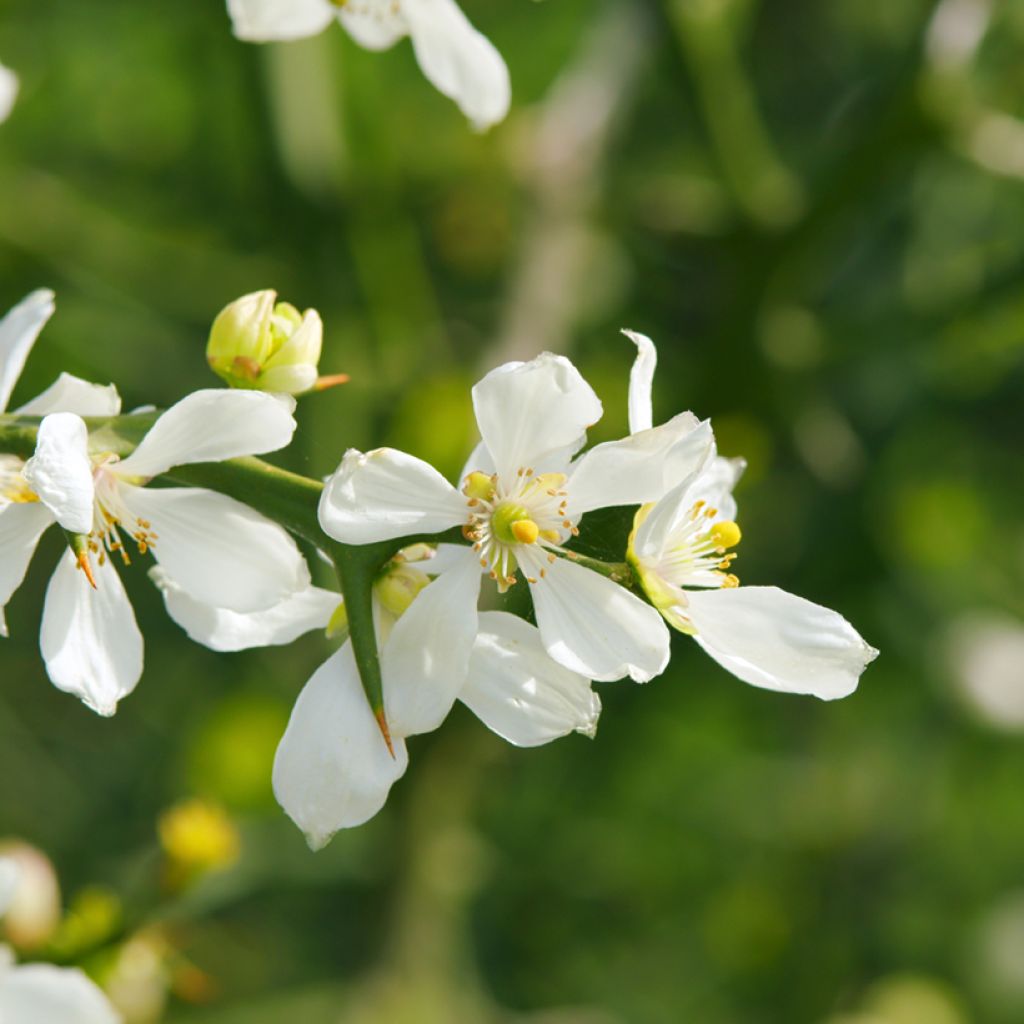

Poncirus trifoliata seeds - Japanese bitter orange
Poncirus trifoliata seeds - Japanese bitter orange
Poncirus trifoliata
Japanese Bitter-Orange, Trifoliate Orange
Special offer!
Receive a €20 voucher for any order over €90 (excluding delivery costs, credit notes, and plastic-free options)!
1- Add your favorite plants to your cart.
2- Once you have reached €90, confirm your order (you can even choose the delivery date!).
3- As soon as your order is shipped, you will receive an email containing your voucher code, valid for 3 months (90 days).
Your voucher is unique and can only be used once, for any order with a minimum value of €20, excluding delivery costs.
Can be combined with other current offers, non-divisible and non-refundable.
Why not try an alternative variety in stock?
View all →This plant carries a 6 months recovery warranty
More information
We guarantee the quality of our plants for a full growing cycle, and will replace at our expense any plant that fails to recover under normal climatic and planting conditions.
Would this plant suit my garden?
Set up your Plantfit profile →
Description
Poncirus trifoliata, commonly known as the hardy orange or trifoliate orange, is an interesting citrus tree prized for its exceptional hardiness and garden utility. Native to East Asia, this deciduous bush stands out with its formidable large thorns and ornamental fruits. It is also valued for its lovely white spring flowering. It serves as a rootstock for other citrus trees to enhance their cold and disease resistance. In the garden, it can be used as a defensive hedge or as a standalone ornamental specimen, but planted away from pathways.
Belonging to the Rutaceae family, Poncirus trifoliata is sometimes classified under the Citrus genus due to its close relation to citrus trees. Native to northern regions of China and Korea, it has adapted to colder climates, making it unique among citrus trees. Its specific name "trifoliata" refers to its characteristic trifoliate leaves. This bush or small tree reaches a height of 2.5 to 5 m, with a spread of 1.5 to 4 m, depending on growing conditions. Its habit is dense and branching, with green branches adorned with strong thorns up to 4 cm long. The alternate and trifoliate leaves feature a central obovate to elliptical surface measuring 2.5 to 6 cm long, while the lateral leaflets are smaller. The white, solitary, and fragrant flowers (though slightly less so than other citrus trees) appear in spring, between April and May, before or during leaf emergence. They measure 3.5 to 5 cm in diameter and have five petals. The globose and hairy, 3.5 to 5 cm diameter fruits transition from green to yellow-orange when ripe in autumn. Though edible, they are very acidic and contain numerous seeds, making them less enjoyable fresh. However, they can be made into marmalade or used as a condiment once dried and powdered.
Poncirus trifoliata dislikes limestone but tolerates summer drought in deep soil. In the garden, this large bush is versatile. It works perfectly in an impenetrable defensive hedge. Planted alone, it is attractive in spring with its abundant flowering and in autumn with its golden fruits. You can pair it with bushes such as Berberis thunbergii 'Atropurpurea' for its purple foliage, Mahonia aquifolium for its evergreen leaves and yellow flowers, or Cornus alba 'Baton Rouge', which displays striking red stems in winter. These combinations create interesting contrasts in both colour and texture while ensuring an attractive structure year-round.
Poncirus trifoliata seeds - Japanese bitter orange in pictures




Flowering
Foliage
Plant habit
Botanical data
Poncirus
trifoliata
Rutaceae
Japanese Bitter-Orange, Trifoliate Orange
Citrus trifoliata, Poncirus polyandra, Aegle sepiaria, Pseudaegle sepiaria
China
Other Tree seeds
View all →Planting and care
Poncirus trifoliata seeds can be sown in spring, between March and May, when temperatures begin to warm up (15 to 25°C). If you have a controlled environment, such as a greenhouse or a well-lit indoor space, you can also sow in late winter (February-March) to give the young plants more time to develop before their first outdoor season. However, it is not advisable to sow in autumn or winter without protection, as the cold would significantly slow down germination.
To sow hardy orange seeds, start by soaking them in warm water for 24 hours to soften their coat and encourage germination. Then sow them in a light, well-draining substrate, made up of a mix of compost and sand, in individual pots or seed trays.
Place them in a bright location, at a temperature of 15 to 25°C, keeping the substrate slightly moist but not overly wet to avoid rot. Germination may take between 4 and 8 weeks. Once the young plants have developed 3 to 4 leaves, transplant them into larger pots. They should be kept in pots for about two to three years before planting out, to allow them to strengthen properly. When planting outdoors, choose a sunny spot with well-drained, non-calcareous soil, sheltered from cold winds.
Sowing period
Intended location
Planting & care advice
This item has not been reviewed yet - be the first to leave a review about it.
Similar products
Haven't found what you were looking for?
Hardiness is the lowest winter temperature a plant can endure without suffering serious damage or even dying. However, hardiness is affected by location (a sheltered area, such as a patio), protection (winter cover) and soil type (hardiness is improved by well-drained soil).

Photo Sharing Terms & Conditions
In order to encourage gardeners to interact and share their experiences, Promesse de fleurs offers various media enabling content to be uploaded onto its Site - in particular via the ‘Photo sharing’ module.
The User agrees to refrain from:
- Posting any content that is illegal, prejudicial, insulting, racist, inciteful to hatred, revisionist, contrary to public decency, that infringes on privacy or on the privacy rights of third parties, in particular the publicity rights of persons and goods, intellectual property rights, or the right to privacy.
- Submitting content on behalf of a third party;
- Impersonate the identity of a third party and/or publish any personal information about a third party;
In general, the User undertakes to refrain from any unethical behaviour.
All Content (in particular text, comments, files, images, photos, videos, creative works, etc.), which may be subject to property or intellectual property rights, image or other private rights, shall remain the property of the User, subject to the limited rights granted by the terms of the licence granted by Promesse de fleurs as stated below. Users are at liberty to publish or not to publish such Content on the Site, notably via the ‘Photo Sharing’ facility, and accept that this Content shall be made public and freely accessible, notably on the Internet.
Users further acknowledge, undertake to have ,and guarantee that they hold all necessary rights and permissions to publish such material on the Site, in particular with regard to the legislation in force pertaining to any privacy, property, intellectual property, image, or contractual rights, or rights of any other nature. By publishing such Content on the Site, Users acknowledge accepting full liability as publishers of the Content within the meaning of the law, and grant Promesse de fleurs, free of charge, an inclusive, worldwide licence for the said Content for the entire duration of its publication, including all reproduction, representation, up/downloading, displaying, performing, transmission, and storage rights.
Users also grant permission for their name to be linked to the Content and accept that this link may not always be made available.
By engaging in posting material, Users consent to their Content becoming automatically accessible on the Internet, in particular on other sites and/or blogs and/or web pages of the Promesse de fleurs site, including in particular social pages and the Promesse de fleurs catalogue.
Users may secure the removal of entrusted content free of charge by issuing a simple request via our contact form.
The flowering period indicated on our website applies to countries and regions located in USDA zone 8 (France, the United Kingdom, Ireland, the Netherlands, etc.)
It will vary according to where you live:
- In zones 9 to 10 (Italy, Spain, Greece, etc.), flowering will occur about 2 to 4 weeks earlier.
- In zones 6 to 7 (Germany, Poland, Slovenia, and lower mountainous regions), flowering will be delayed by 2 to 3 weeks.
- In zone 5 (Central Europe, Scandinavia), blooming will be delayed by 3 to 5 weeks.
In temperate climates, pruning of spring-flowering shrubs (forsythia, spireas, etc.) should be done just after flowering.
Pruning of summer-flowering shrubs (Indian Lilac, Perovskia, etc.) can be done in winter or spring.
In cold regions as well as with frost-sensitive plants, avoid pruning too early when severe frosts may still occur.
The planting period indicated on our website applies to countries and regions located in USDA zone 8 (France, United Kingdom, Ireland, Netherlands).
It will vary according to where you live:
- In Mediterranean zones (Marseille, Madrid, Milan, etc.), autumn and winter are the best planting periods.
- In continental zones (Strasbourg, Munich, Vienna, etc.), delay planting by 2 to 3 weeks in spring and bring it forward by 2 to 4 weeks in autumn.
- In mountainous regions (the Alps, Pyrenees, Carpathians, etc.), it is best to plant in late spring (May-June) or late summer (August-September).
The harvesting period indicated on our website applies to countries and regions in USDA zone 8 (France, England, Ireland, the Netherlands).
In colder areas (Scandinavia, Poland, Austria...) fruit and vegetable harvests are likely to be delayed by 3-4 weeks.
In warmer areas (Italy, Spain, Greece, etc.), harvesting will probably take place earlier, depending on weather conditions.
The sowing periods indicated on our website apply to countries and regions within USDA Zone 8 (France, UK, Ireland, Netherlands).
In colder areas (Scandinavia, Poland, Austria...), delay any outdoor sowing by 3-4 weeks, or sow under glass.
In warmer climes (Italy, Spain, Greece, etc.), bring outdoor sowing forward by a few weeks.































